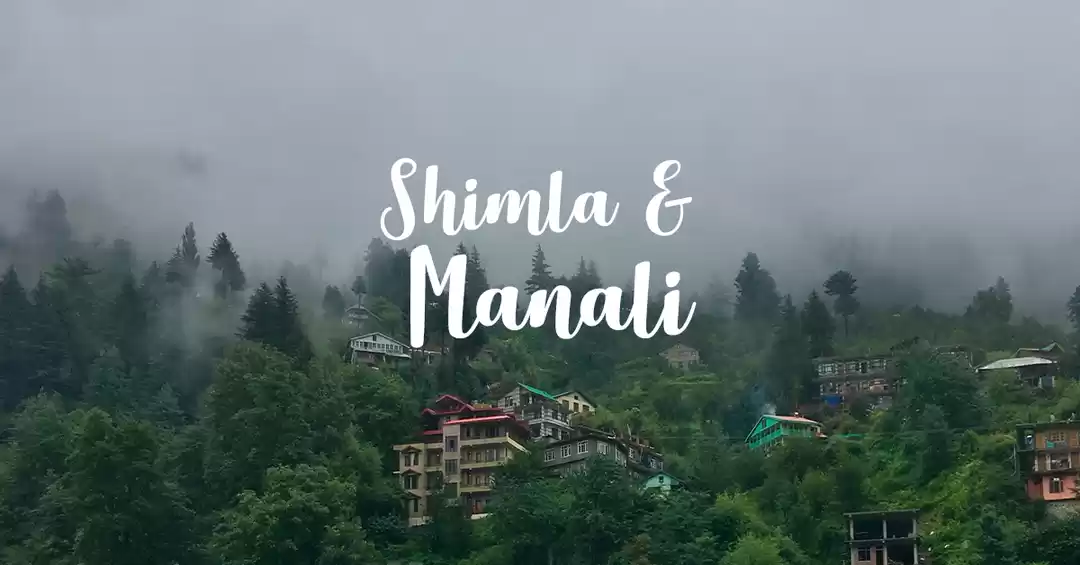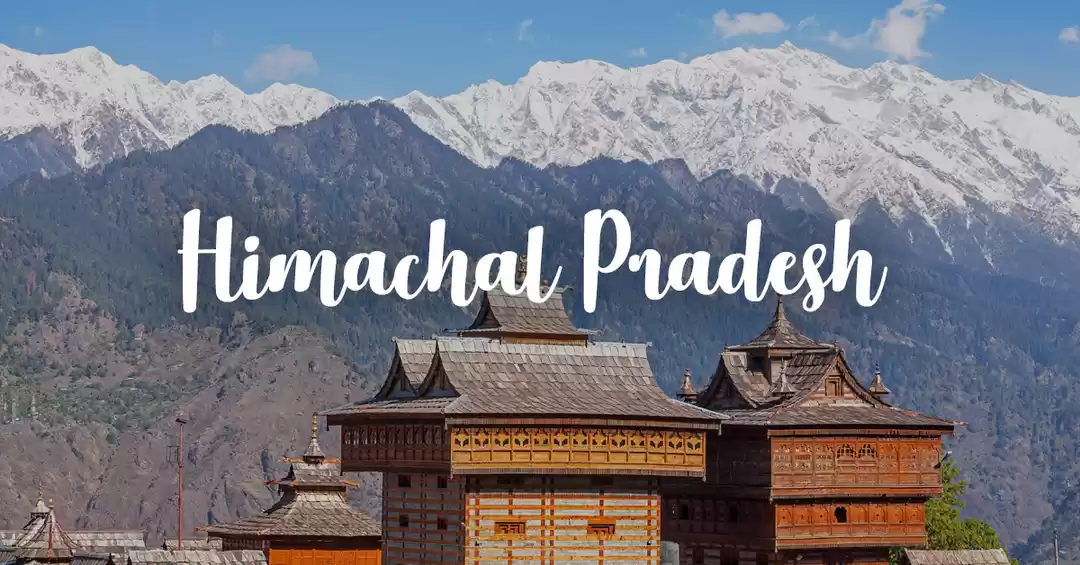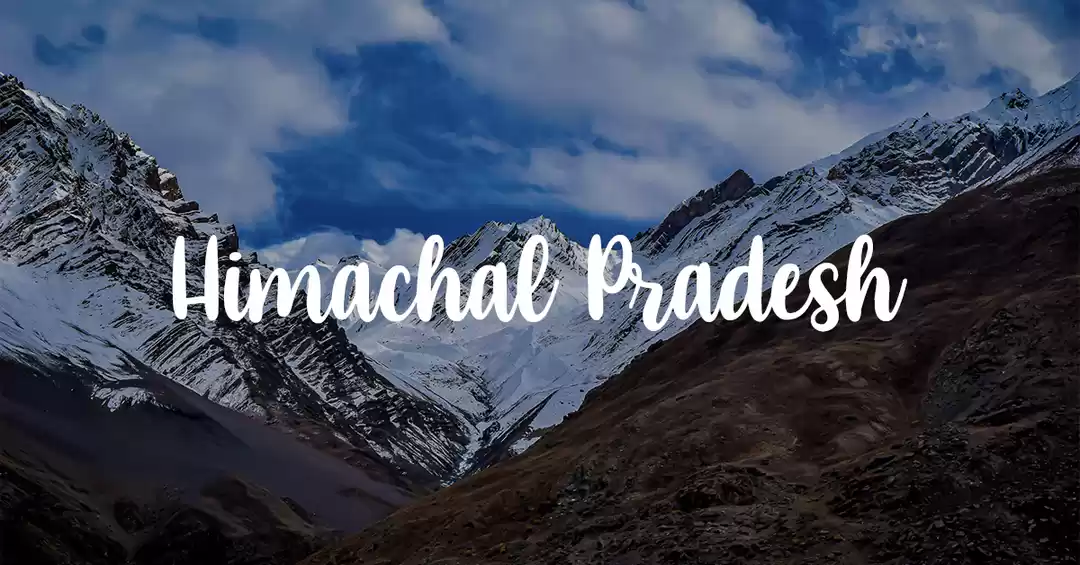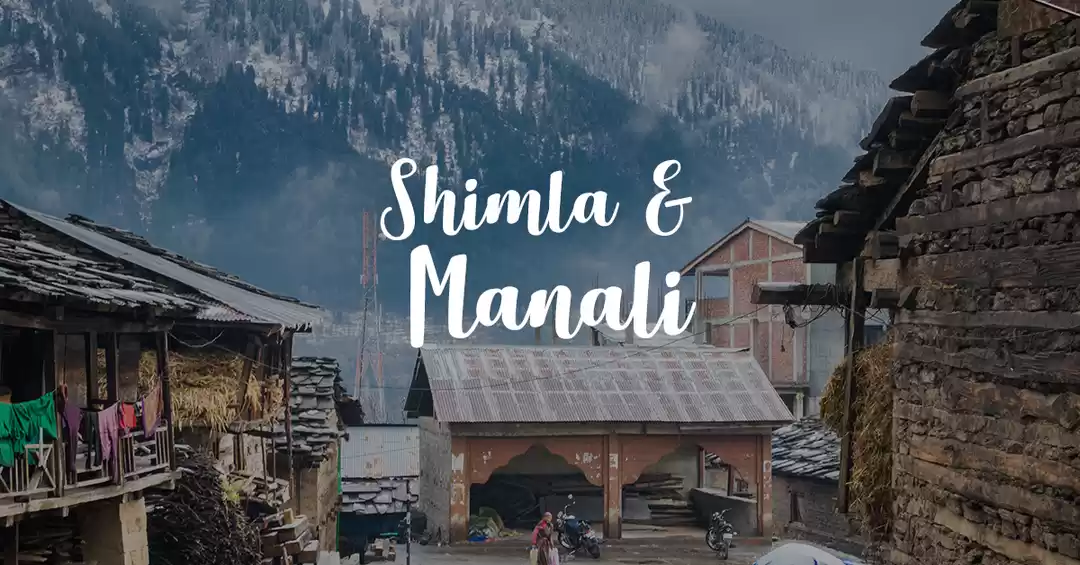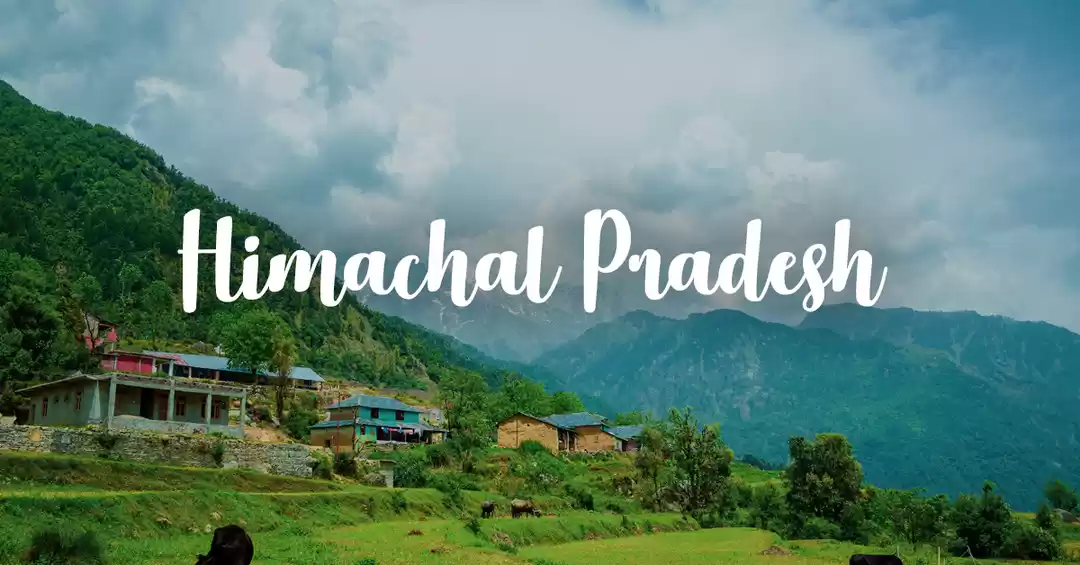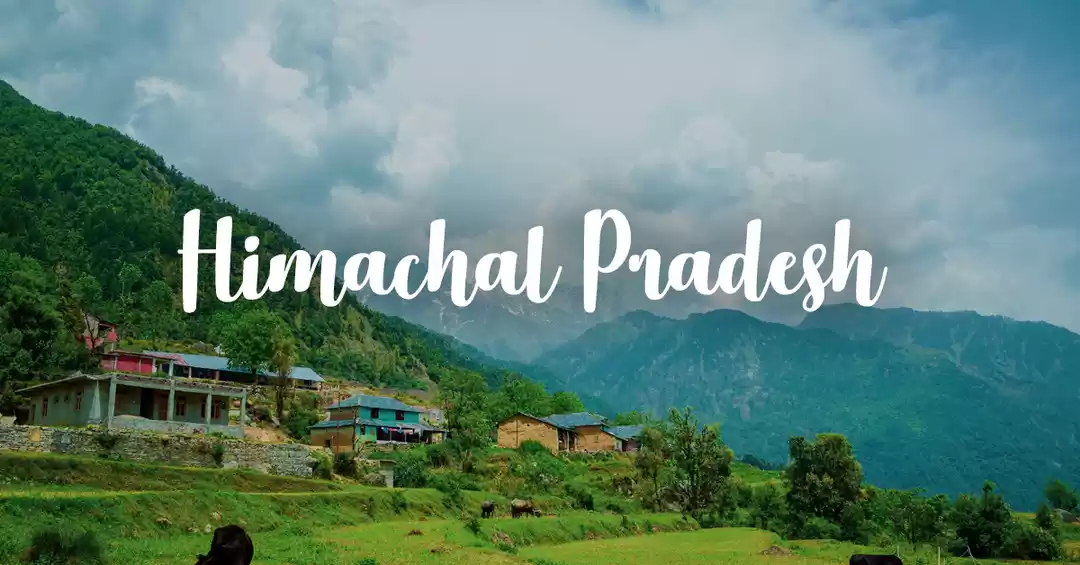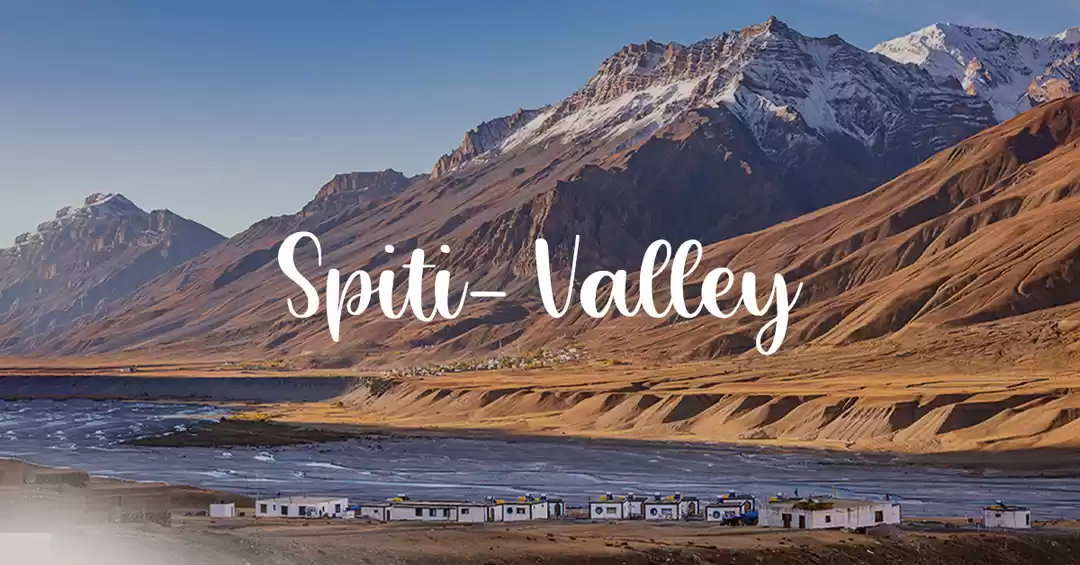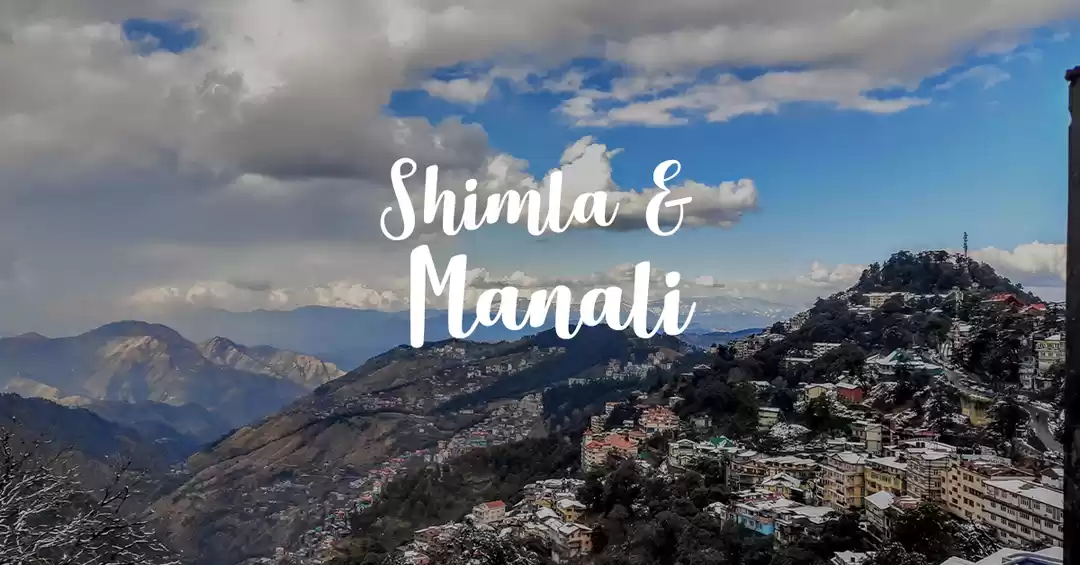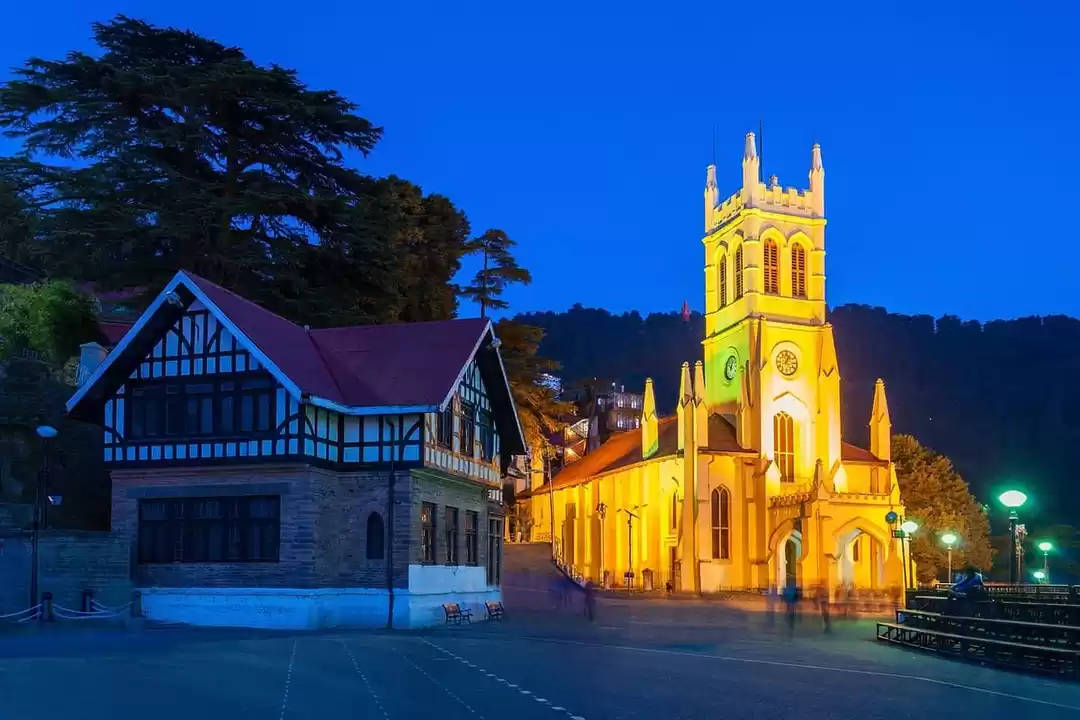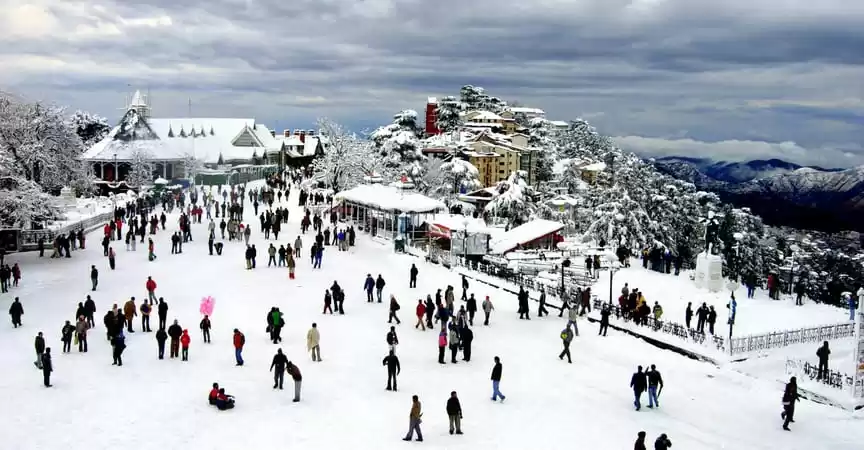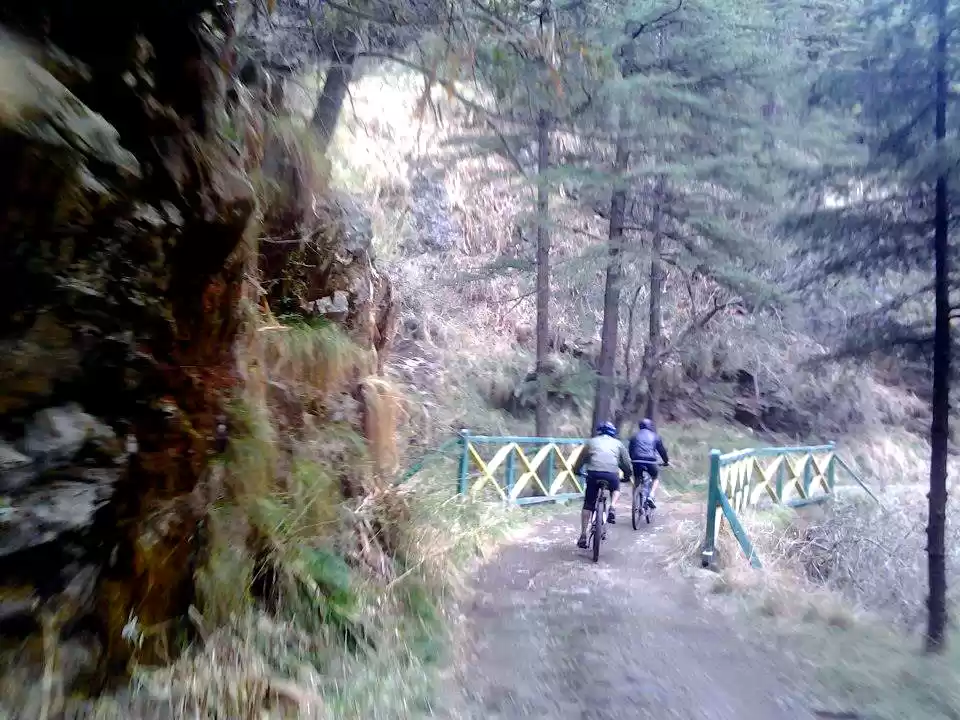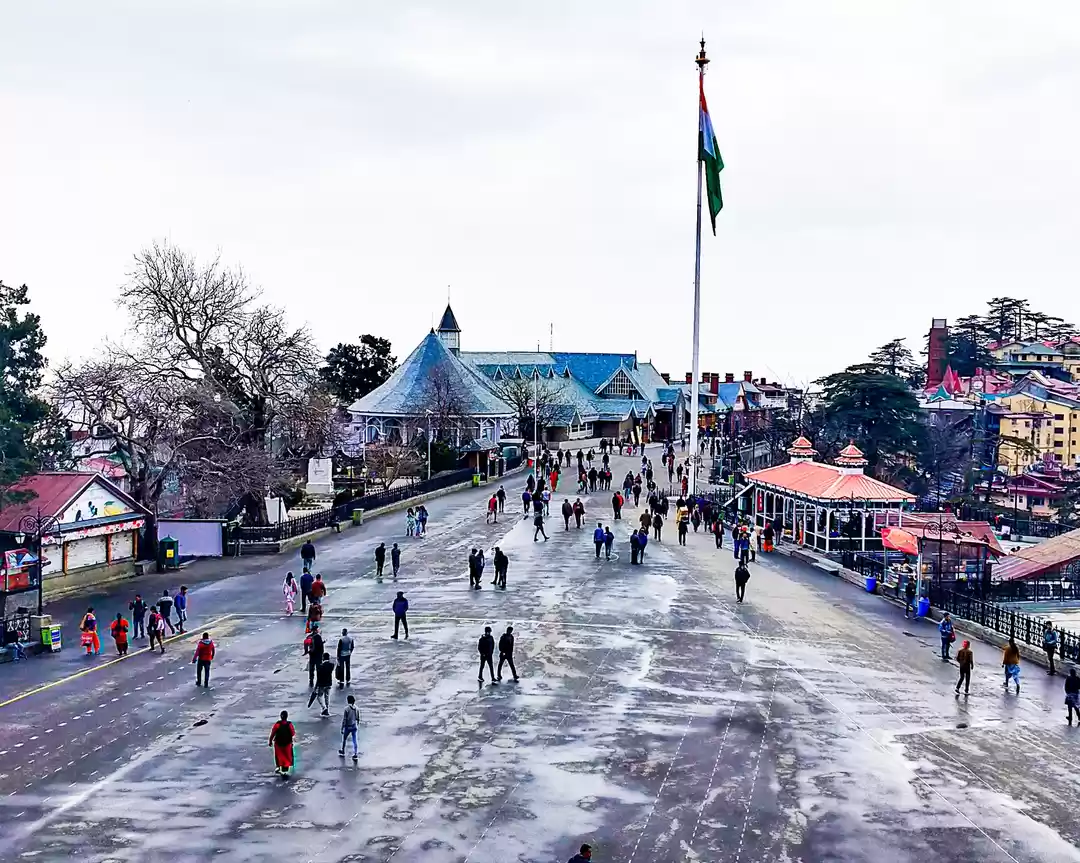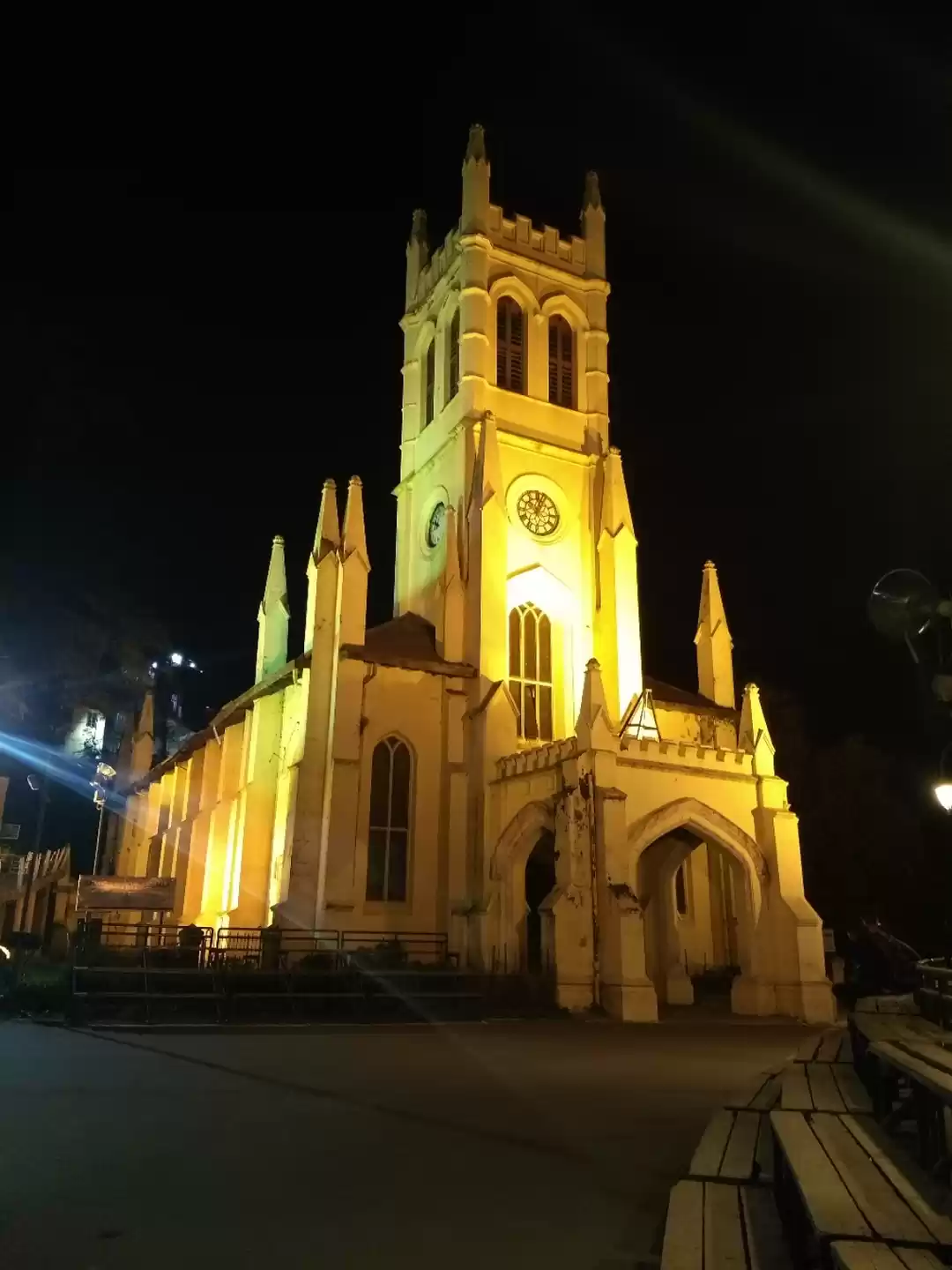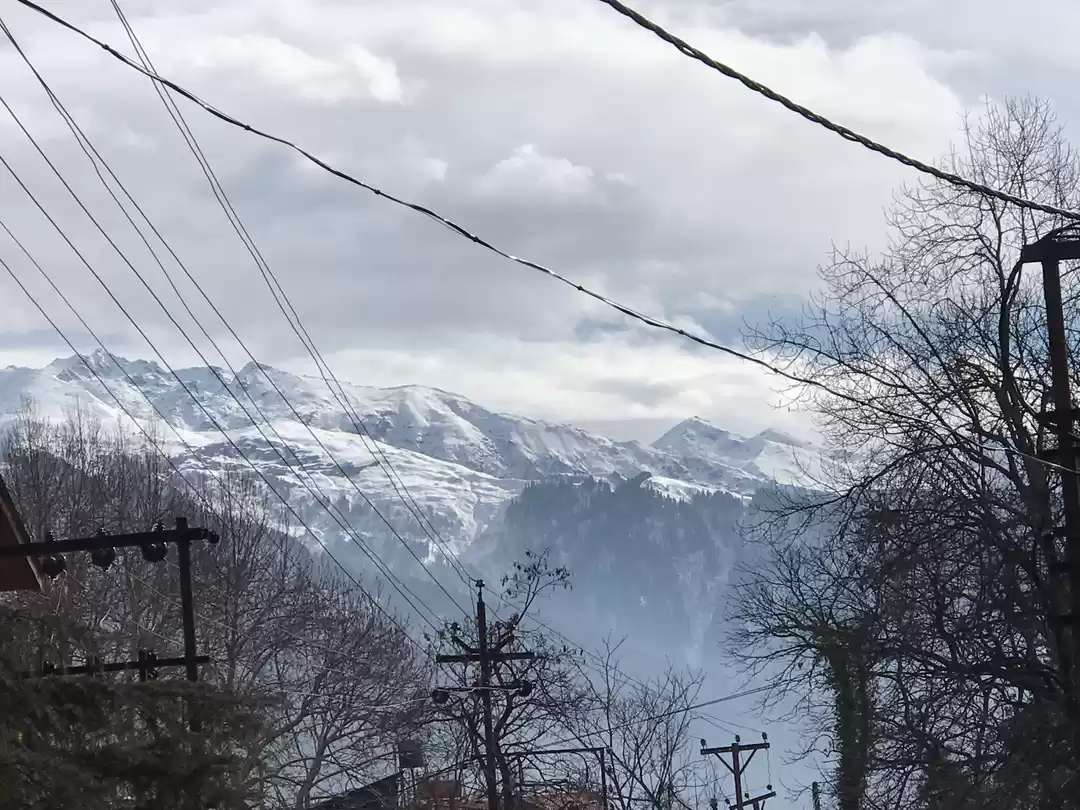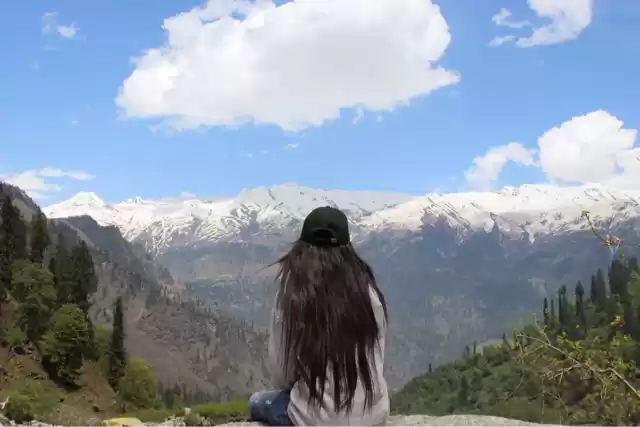A tourist in Shimla usually looks to do the main attractions in and around Shimla city: the Mall, Viceregal Lodge, Kufri zoo, Jakhoo Temple, Tara Devi, etc. Shimla folks, on the other hand, are too familiar with everything in Shimla, and understandably caught up in their daily routines, to venture out regularly into their extended environs: if they think of trips, it is mostly out of and away from Shimla. So I was lucky to be someone in between these two situations. At the Institute of Advanced Study (earlier the aforementioned Viceregal Lodge) for two years as a Research Fellow, I had finished with the touristy stuff within a month or two of my arrival in Shimla (July 2016), and did not stay long enough to stop noticing how beautiful and exhilarating the little scenery and walks in and around Shimla are! There were many weekends when one could just go out on a limb on relatively less-trodden paths and chance upon wonderful experiences that only the hills can offer.



So here are 5 unusual trails in and around Shimla that I am sharing with you. A few of these can be done in half a day, others make for good day-long outings. You need to avoid very cold and warm days. Wear good walking shoes, and carry a rucksack with a light sweater, an umbrella, drinking water and of course, your picnic snack! Go in a small group so that you are neither a crowd nor alone, and you get personal time as well as company.
Trail 1: Chadwick Falls in Hyun Village (3 + km from Summer Hill Post Office)
Near the Summer Hill Post Office, at the entrance to Himachal Pradesh University, there are several small eateries frequented by students where you could pack food for the picnic. If you stand facing the University, the road to your right is the one to take. This gently meandering road hugs the hill on which the University is located for a short distance before branching off towards Hyun village. As you descend from the side of the University hill, the road becomes greener and freer of vehicles and people. Through several twists and turns, the road gradually reveals the wonders of the landscape. The Himalayan vegetation of deodar, spruce, pine and oak provides a lush, perfumed cover to the path, and you inhale the fresh scents in the air as you go into shade and light alternately.




The walk takes you to the village of Hyun, 'hyun' meaning snow locally. This village experiences heavy snowfall in winter, and is home to an art gallery run by a long-established family originally from Bengal and the circle of the Tagore family which had an estate in Shimla in the colonial period. You can do a quick tour of the gallery before you head off to Chadwick Falls. These falls lie hidden in a cove-like part of the escarpment of the hills facing the village. The way to them is through a set of narrow paths in a thick forest that go steadily down into a ravine. The rill that makes the falls is scanty for most part of the year except a few months during the monsoon season, and creates a shallow pool at the bottom.

Local lore has an interesting explanation for the name 'Chadwick'. One is tempted to recognize this word as an Anglo-Saxon surname, perhaps the name of a wandering Englishman who brought news of the falls to the colonial scribes of Shimla, who then promptly recorded it after his style. However, it is locally believed to be an anglicized version of 'Chidku Jharna', chidku meaning sparrow and jharna, waterfall, or a waterfall whose height could only be measured by the flight of a sparrow.


Have your picnic when you come out of the forest, perhaps in a glade on the side of the road if it is not too sunny or, if it is, a shaded area under the road-side trees. Make sure you have a good view out into the valley. At a leisurely pace, this trek would take about half a day in all.
Trail 2: Green Valley/Water Catchment Area
About 8 km from the Shimla Ridge, the Green Valley is one of Shimla's oldest and most important water catchment areas. Drive along NH 22 and look out for its somewhat tacky entrance to the right hand side of the road.

The full length of the trail is 14 km, 7 to the colonial-era water tank, and 7 after that. Open from 6 to 6, only the first 7 km was open to visitors when we went. Visitors can hire bicycles at the ticket office, but on that day, all the bicycles were in bad repair at that time. And this was good in a way because the path is profusely pebbled and unless you are very fit, it could be a strain to ride all the way and back. Walking on this pebbled trail, on the other hand, is easily done, as the path has a very gentle gradient, and an endless and dense jungle of deodar trees offers adequate shade all along. From a distance, this sea of greenery is breath-taking. From within the forest, the proximity of the thousands and thousands of deodars is overwhelming.




The water tank at the end of 7 km is impressive. It was built at the beginning of the last century to collect water for the fast-growing colonial summer capital of Shimla. Pipelines carried the water from this area over 15 km through the central Shimla Ridge all the way to the Viceregal Lodge on Observatory Hill. Chatting with the caretaker there, who generously served us tea, we found that there was still a connection between the tank and the Lodge: the caretaker turned out to be a former security guard of the Institute!

There was one part of the trail that was puzzling though: there were hardly any birds in what is billed as a wildlife sanctuary! Our Director at the Institute later explained the reason for it. In order to develop this area as a proper catchment for local rainfall, the colonial administration had emptied out all the villages in these hills, in an early example of displacement for development. The cleared land then witnessed a mono-culture of deodars as part of the colonial practice of scientific forestry in order to maximize arboreal density for rainfall and water retention. The resulting absence of bio-diversity has made these hills inhospitable for avian life of any consequence.

You can sit down to snack anywhere in the lush trail, or near the tank where a friendly caretaker might top it up with tea! The entire trail will take up to 6-7 hours, and with the drive to and from Shimla, it could well be a full day's trip.
Trail 3: Old Jakhoo
For most people, Jakhoo is the Hanuman temple on top of Shimla city's highest point, the Jakhoo Hill (2455 m). But there is another Jakhoo, Old Jakhoo, which is so invisible to the hundreds who do the 1.5 km trek to the temple, it could almost be a secret. Old Jakhoo is where the colonial gentry, both British and Indian (mostly Bengali), lived in their large mansions in sprawling estates. So to those interested in history and architecture, this is a trail worth doing and consists in a half a day's tour of one of Shimla's oldest quarters.
Start at Christ Church, and as you stand facing it, go up the path on the right hand side, past the sun dial, and the trail is a 2/2.5 km loop up and back to the church.

Go up slowly, for every corner has an architectural gem, including a largely glass and wood bungalow in which once lived A. O. Hume, the founder of the Indian National Congress (1885). Sometimes the gradient is steep, sometimes comfortable. Mercifully, the monkeys that infest the temple are largely absent here. Yet, in this trip, keep your picnic for later, when you are back in the Mall, where you have many eating options like Wake and Bake and HPTDC's charming sit-out called Ashiana. We were lucky to have our colleague Saumya Sharma, who researches Shimla's architectural heritage, with us. She was a treasure trove of information and the bustling town of colonial Jakhoo came clearly back into view in the ruins of that city. Her book on this subject is titled 'Approach to Conservation and Restoration: Specific Focus on the Cultural Heritage of Shimla' ( Delhi: IIAS, 2018).






The view of Shimla is usually superb from this trail, as the extended boughs of coniferous trees on the side of the road frame pretty vignettes of the city down below.



Trail 4: Shilebagi-Jathiya Devi
Well, I am not sure of being able to map this trail exactly. For it happened to us by chance one day, as we began exploring a way to the village of Mohandas, one of our security guards at the Institute, who had generously invited us to his place. But that is the beauty of the countryside around Shimla. You can just catch a path going into a valley or up the hill and the trek is likely to be that much more rewarding for the surprises on the way. And the best thing is that you are never too far from a village to get totally lost. So this is one of those trails. It is not entirely in the air, for the broad co-ordinates are clear. Further, because it is very close to Shimla, and dotted with small villages all over, you can try different paths, all of them very satisfying, and never stray too far out.
So the trail begins in Totu, a couple of kilometeres north of Boileauganj (Shimla) on the Mandi highway, and heads out towards the hamlet of Shilebagi (I could not find this on the map despite several attempts!) in the Jathiya Devi lowlands. The walk down is about 2-3 km-long, on paths between extensive fields where wheat is sown. There are several sacred groves with small temples on the way. The Jathiya Devi temple is the largest of them all but, following the gradient, I think we went straight down to the stream, or 'khad' locally, at the lowest point of the valley.




The mostly dry channel of the stream below provides an easy walking path, and the shade of trees on the banks, relaxing picnic spots. An occasional colonial-time bridge or causeway, now completely swamped by thicket, guides you onward.




At some point in the trail, you will see a path going up and back to the main road, emerging near the govt. school at village Rampur. Then you can walk back to Totu. This would be another 2/3 km. But just walk on along the stream if you want to continue and there will be many easy points further from where you can climb back to the main road.

We did this trail a couple of times, once being treated to a lovely lunch at Mohandas' house, and another time, when we found Mohandas away, being taken in by a friendly farmer who gave us tea, and vegetables to take back home with us! There is a proposal to build fancy apartment blocks in this area, as it is not far from the airport, but that will surely be the end of this idyll.
Trail 5: Nayaser
Among all the trails recommended here, Nayaser is the farthest out of Shimla city. Take the 10 km road via Dudhli, Kamyana and Dummi, which is about half an hour by car, and then walk down another hour to the local stream or khad of Nayaser. The views of the valley and stream are splendid on a clear day, and the walk, through sometimes densely wooded but at other times open terraced fields with wheat and mustard growing in them, is delightful.




The meadows on the banks of the small and gently flowing stream, green and soft to lie on, provide an ideal spot for picnic. You can enjoy hours of relaxation there, whether you want to dip your feet in the sparkling water of the stream, catch the small fish that nimbly play in the eddies of the currents in the water, read a book or write poetry reclining on the grass. The breeze that sweeps down from the hills and moves over the stream gives you natural, healthy air-conditioning! Occasionally, shepherds come along with their flocks of goats, and even ponies, and this is an added attraction as you can watch the frolicking of these animals as they tumble over each other to drink from the flowing stream.
For the more energetic, a large, flat ground on the other side, in an area where the terrain is mostly undulating, offers an opportunity for a leisurely game of cricket. In fact, this is a well-known cricket ground in the region, and we first found out about Nayaser through our Institute's cricket team, which was invited to play a local tournament here. Unfortunately for our team, its chances of winning the trophy were ruined when the tournament was cancelled due to infighting in the Nayaser host team! So much for making the best of a rare facility in the hills!



Whenever we went to Nayaser, it always assured serenity and rest, and became a favorite with my colleagues for a short distance but unhurried trip near Shimla.
This set of trails described here is just the tip of the iceberg. There are many other such trails lying hidden away in the beautiful hills of Shimla. It is time you stepped out to find them!

Bye, bye!



